Scientists analyzing more than three decades of weather data for the northern Alaskan outpost of Barrow have linked 7C rise to the decline in Arctic sea ice, reports Climate News Network. This has major implications for wildlife, indigenous cultures, and the planet’s ecosystem.
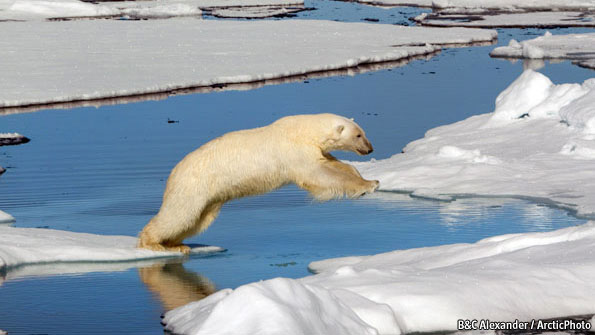

Ice loss sends Alaskan temperatures soaring by 7C
By Alex Kirby for Climate News Network, part of the Guardian Environment Network
If you doubt that parts of the planet really are warming, talk to residents of Barrow, the Alaskan town that is the most northerly settlement in the US. In the last 34 years, the average October temperature in Barrow has risen by more than 7°C — an increase that, on its own, makes a mockery of international efforts to prevent global temperatures from rising more than 2°C above their pre-industrial levels.
A study by scientists at the University of Alaska Fairbanks analyzed several decades of weather information. These show that temperature trends are closely linked to sea ice concentrations, which have been recorded since 1979, when accurate satellite measurements began.
The study, published in the Open Atmospheric Science Journal, traces what has happened to average annual and monthly temperatures in Barrow from 1979 to 2012. In that period, the average annual temperature rose by 2.7C. But the November increase was far higher — more than six degrees. And October was the most striking of all, with the month’s average temperature 7.2C higher in 2012 than in 1979.
STORY: Inuit People: Melting Ice, Shifting Stars, North not North
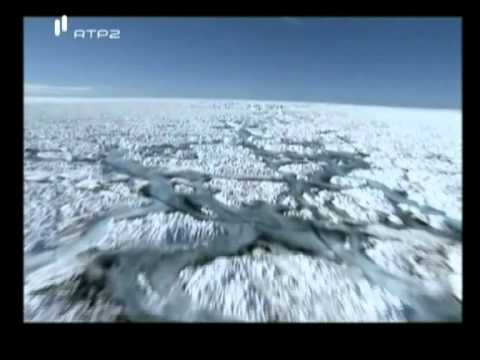
Watch this video on YouTube
Our Radically Changing Planet: “Extreme Ice” – PBS Nova
Unprecedented Temperature Rise
Gerd Wendler, the lead author of the study and a professor emeritus at the university’s International Arctic Research Center, said he was “astonished.” He told the Alaska Dispatch News: “I think I have never, anywhere, seen such a large increase in temperature over such a short period.”
The study shows that October is the month when sea ice loss in the Beaufort and Chukchi Seas, which border northern Alaska, has been highest. The authors say these falling ice levels over the Arctic Ocean, after the maximum annual melt, are the reason for the temperature rise. “You cannot explain it by anything else,” Wendler said.
They have ruled out the effects of sunlight because, by October, the sun is low in the sky over Barrow and, by late November, does not appear above the horizon. Instead, they say, the north wind picks up stored heat from water that is no longer ice-covered in late autumn and releases it into the atmosphere.
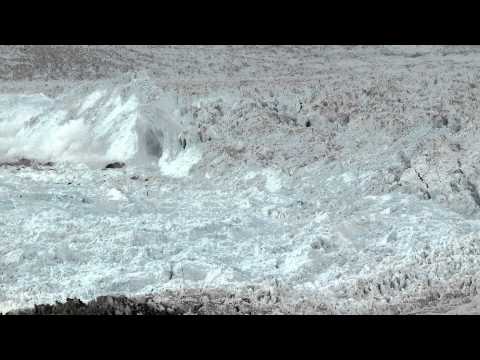
Watch this video on YouTube
“Chasing Ice” captures largest glacier calving ever filmed
35,000 Walrus mass on Alaska beach as sea ice retreats: “The walruses are telling us what the polar bears have told us and what many indigenous people have told us in the high Arctic, and that is that the Arctic environment is changing extremely rapidly and it is time for the rest of the world to take notice and also to take action to address the root causes of climate change.” — Margaret Williams, World Wildlife Fund
STORY: Chasing Ice: The New “Inconvenient Truth” – Arctic Melting Before Our Eyes
Polar bears have become a symbol of the danger of climate change with the loss of their hunting grounds, now seeking food elsewhere. “Some media reports have suggested that this might mean polar bears could just come ashore and eat terrestrial foods and somehow do fine without the sea ice,” Steven Amstrup from Polar Bears International said. “We have absolutely no evidence that they have the ability to do this.” Video by Joshua Davis and Michael Kirby Smith on in the New York Times.
Arctic Ocean Warming Faster
At first sight, the team’s findings are remarkable, as Barrow’s 7.2C rise in 34 years compares with a global average temperature increase over the past century of up to about 0.8°C. But what’s happening may be a little more complex. The fact that temperatures in and around Barrow are rising fast is no surprise, as the Arctic itself is known to be warming faster than most of the rest of the world.
The Intergovernmental Panel on Climate Change says observed warming in parts of northern Alaska was up to 3C from the early 1980s to the mid-2000s. It also concludes that about two-thirds of the last century’s global temperature increase has occurred since 1980. But Barrow’s long-term temperature rise has not been uniform, the Fairbanks study says. Its analysis of weather records between 1921 and 2012 shows a much more modest average annual rise, of 1.51C. In 2014, the city experienced the coolest summer day recorded — 14.5C.
So one conclusion is to remember just how complex a system the climate is — and how even 34 years may be too short a time to allow for any certainty.
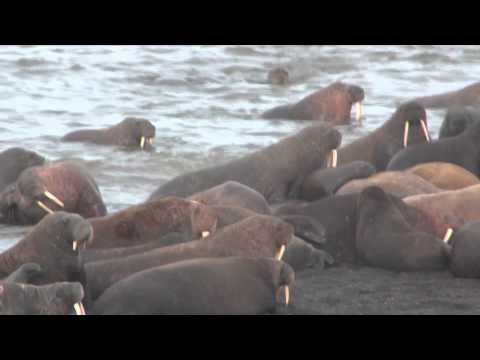
Watch this video on YouTube
Female Pacific walruses and their calves traditionally spend summers far from shore, diving for benthic invertebrates over the shallow continental shelf waters of the Chukchi Sea. These female walruses and their calves prefer to rest between forage bouts on sea ice drifting above their feeding grounds. However, in recent years loss of summer sea ice over the continental shelf has forced many walruses to travel to the northwest coast of Alaska where they haul-out on shore to rest. This large herd of walruses hauled out near Pt. Lay Alaska in August of 2011.
H-T pdjmoo
Updated 11 November 2024



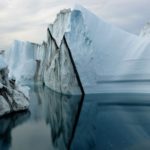

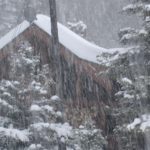






Pingback: Inuit People: Climate Change, Shifting Stars, North not North - WilderUtopia